Our painting invites us to the table of a happy group of characters from the “little people”. In a place open to the countryside, which does not know if it is a barn or a tavern (farm buildings sometimes served as taverns in the countryside), a great disorder reigns: agricultural tools mingle kitchen utensils, and the floor is littered with leftover meals.
Men seem to be more interested in ladies than food. While one of them "fairy tale" to his neighbor, another, very enterprising, makes a salacious gesture in front of his. Are these ladies of little virtue? The atmosphere of the scene is palpable: one could almost hear the hail of the servant bringing the poultry or the growl of the cat defending a bone.
We will notice, perched on a beam near the opening, an owl observing the scene. In the 17th century, the owl was the symbol of the night and the beings that inhabit it.
These scenes of ordinary life are the favorite theme of David Ryckaert III and our composition immerses us in his universe: characters full of bonhomie belonging to the working classes represented in their place of life, work or pleasure, great thoroughness in details (the heritage of his master father specializing in still life painting), all with a perfect mastery of light and the application of fine glazes that offer both transparency and fluidity.
Related works: "Peasant meal" oil on canvas 85 x 135 cm Royal Museum of Fine Arts in Antwerp, "The King of Beans Festival" oil on canvas 80.7 x 113.5 cm Alte Pinakotheck Munich, "The peasants on a goguette" oil on canvas 81 x 100 cm Private collection. "Peasants having fun in a tavern" oil on panel 78 x 94 cm National Museum of Art in Copenhagen.
We have chosen to present this painting to you in a French frame in carved and gilded oak called "with flowered corners" from the Louis XIV period. Dimensions: 46.5 x 62 cm - 65 x 80 cm with frame
David Ryckaert III (Antwerp 1612 - Id. 11.11.1661) is a genre painter from the southern Netherlands of the Golden Age. Son and pupil of David Rijckaert II, he is registered Wijnmeester (master's son) at the guild of Saint-Luke in Antwerp between 1636 and 1637, and dean between 1652 and 1653. (Cf. Historical archives of the guide of Saint- Luc d'Anvers, Philippe-Félix Rombouts and Théodore François-Xavier van Lerius).
He began his career as a landscape painter, but, under the influence of David Teniers the Elder then the Younger and especially Adriaen Brouwer, he quickly turned to genre painting. He painted peasants in taverns and also characters at work: shoemakers, painters or even alchemists. In the wake of David Teniers the Younger, he paints imaginary scenes in which witches and monsters come together: scenes of witchcraft or temptations of Saint-Antoine.
In 1647, Archduke Leopold William of Austria was appointed governor of the southern Netherlands, he will be the main patron of David Ryckaert III.


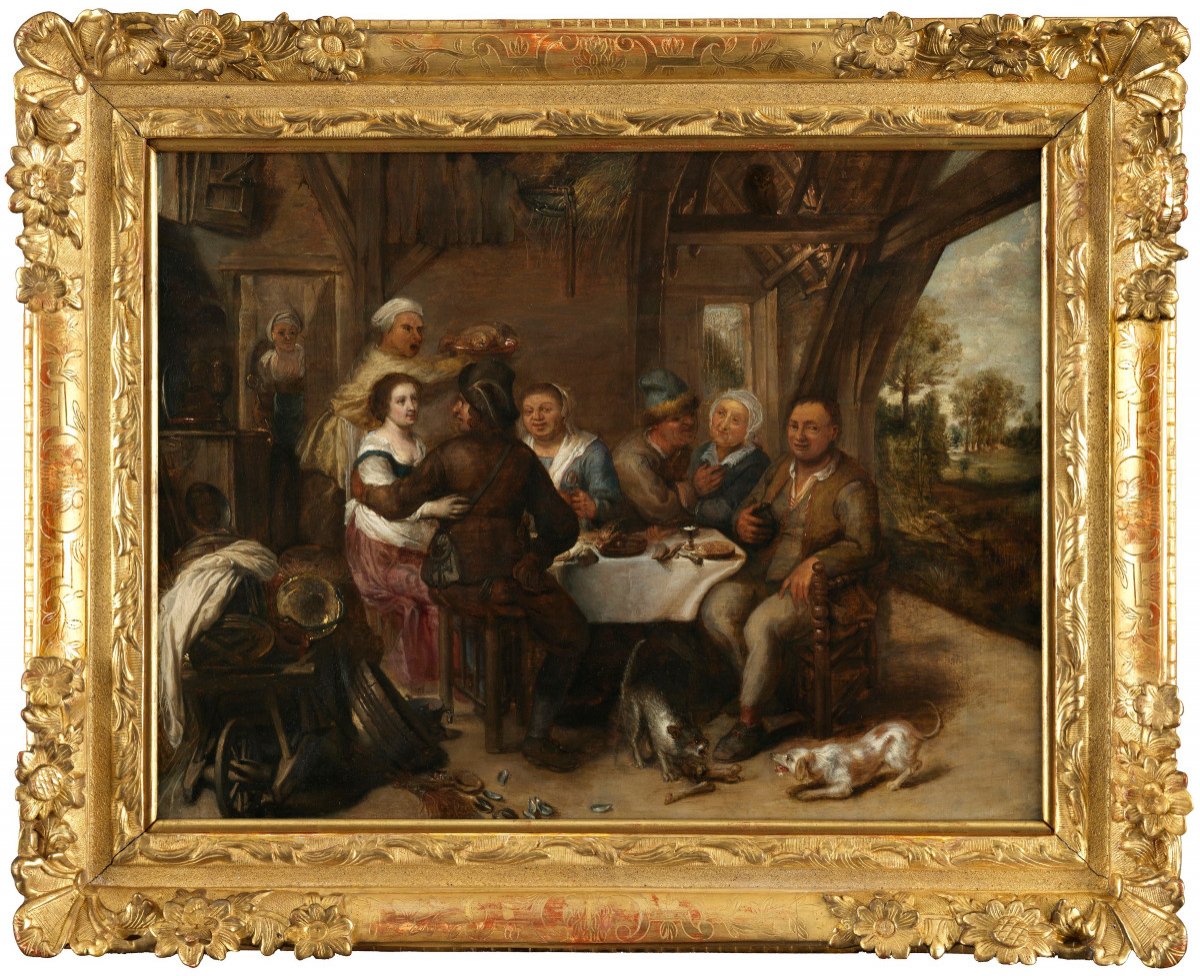
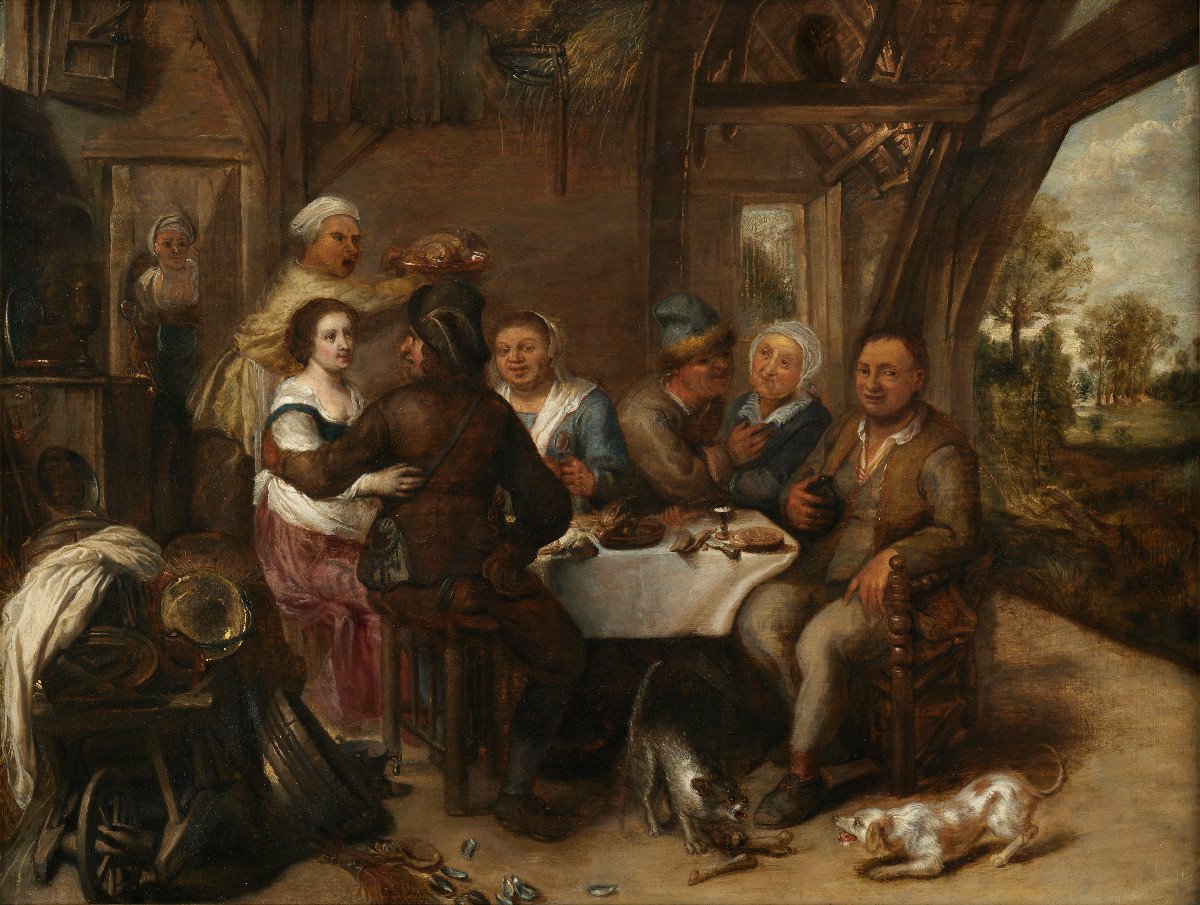
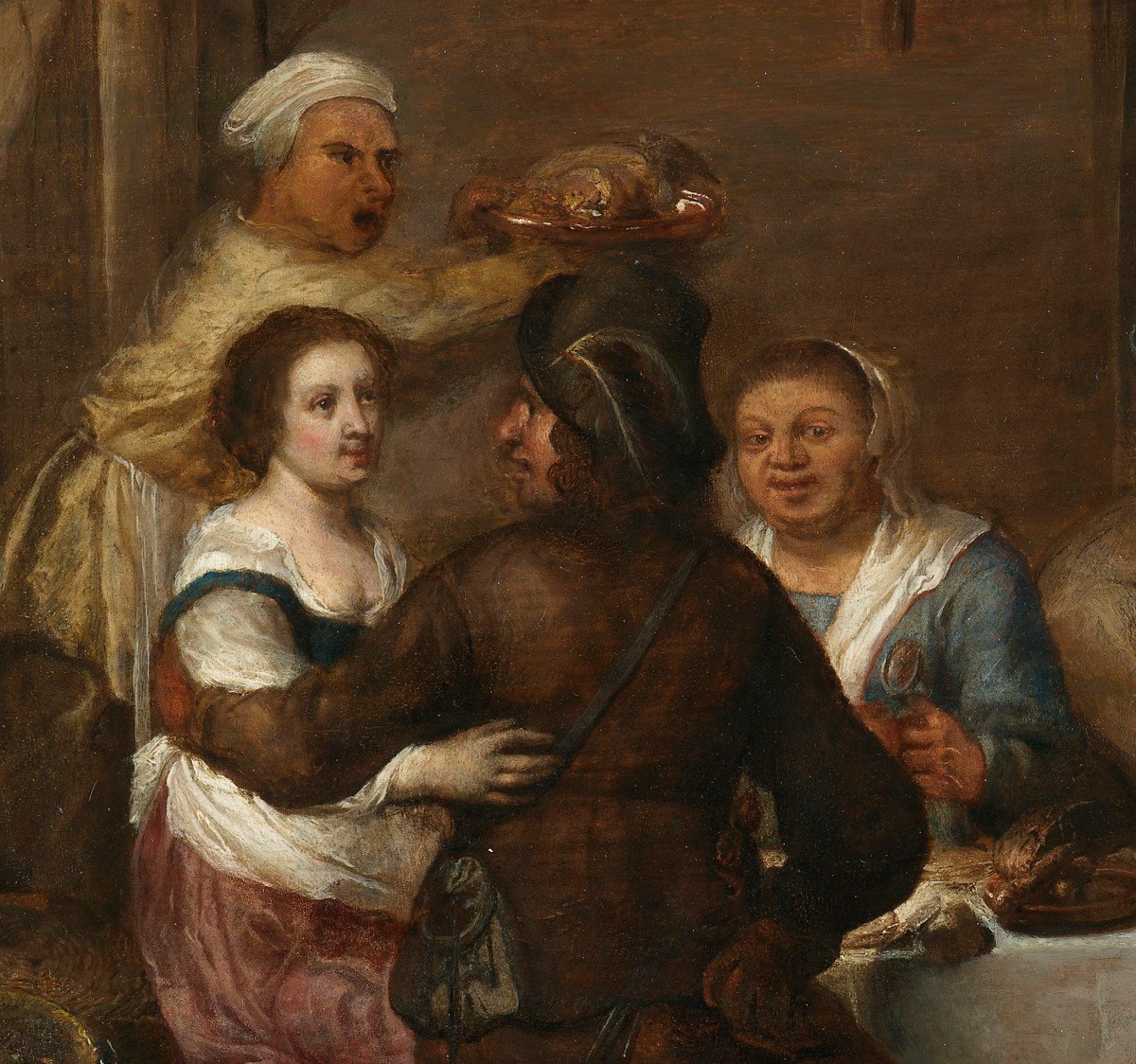
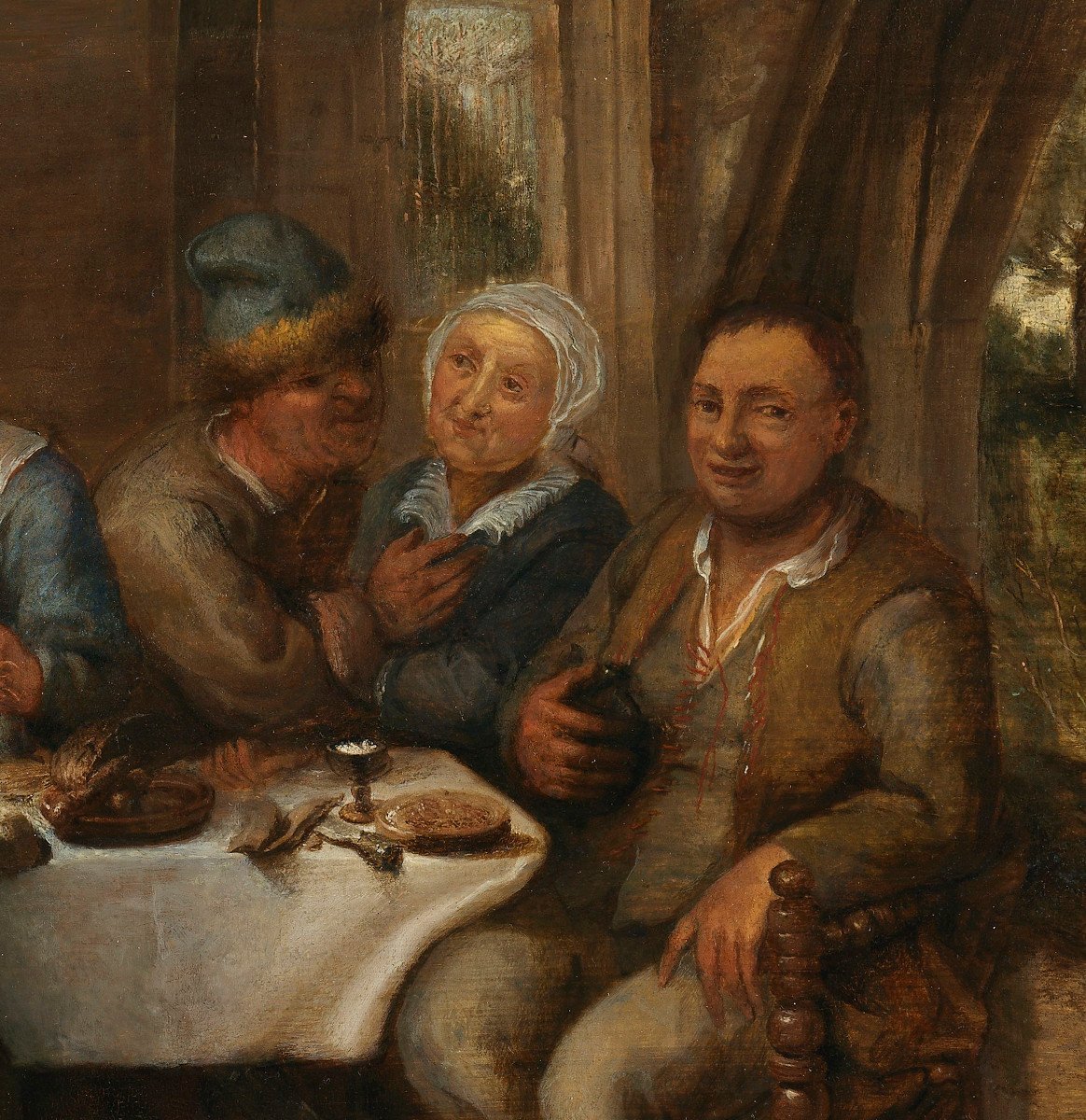
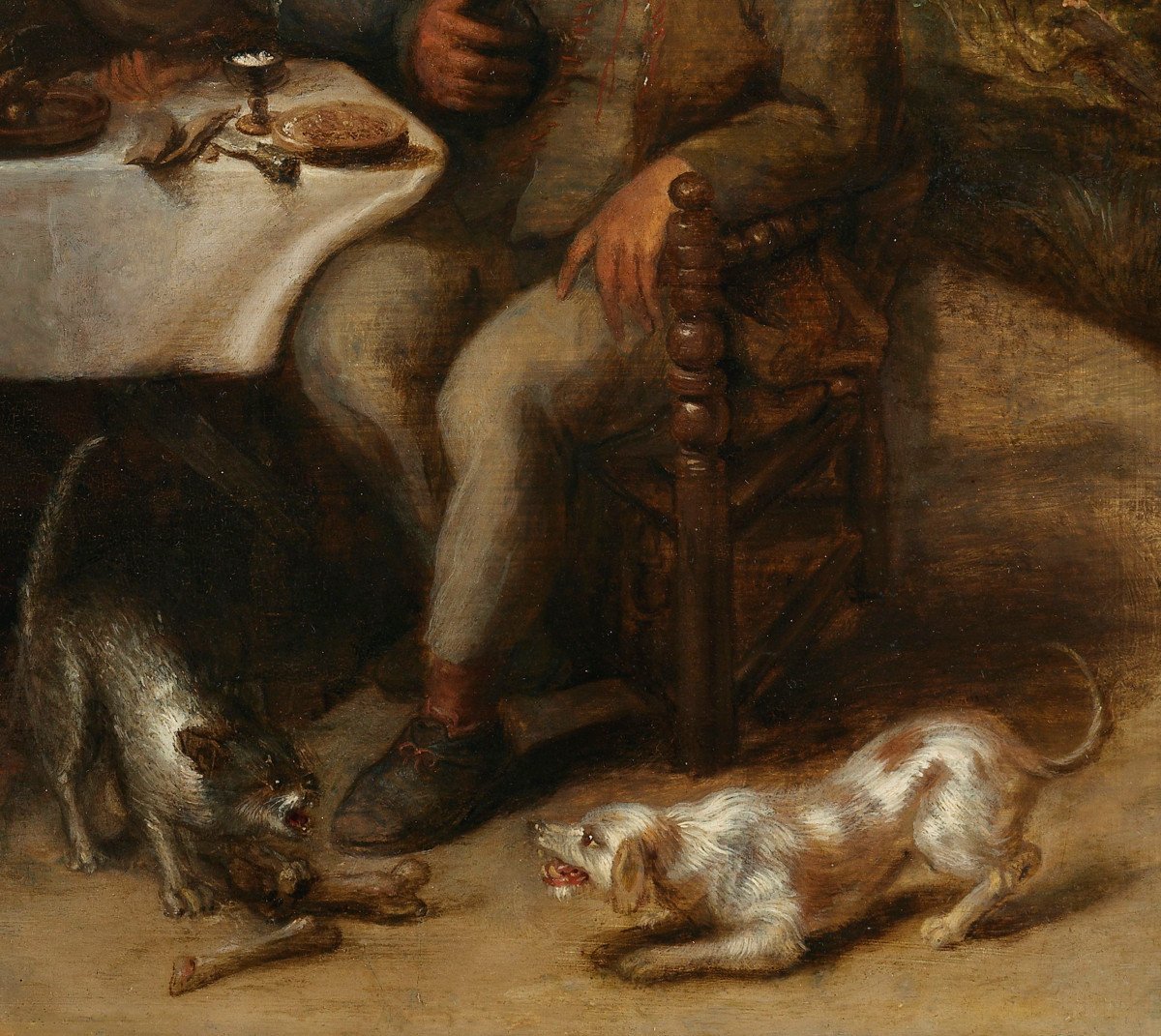

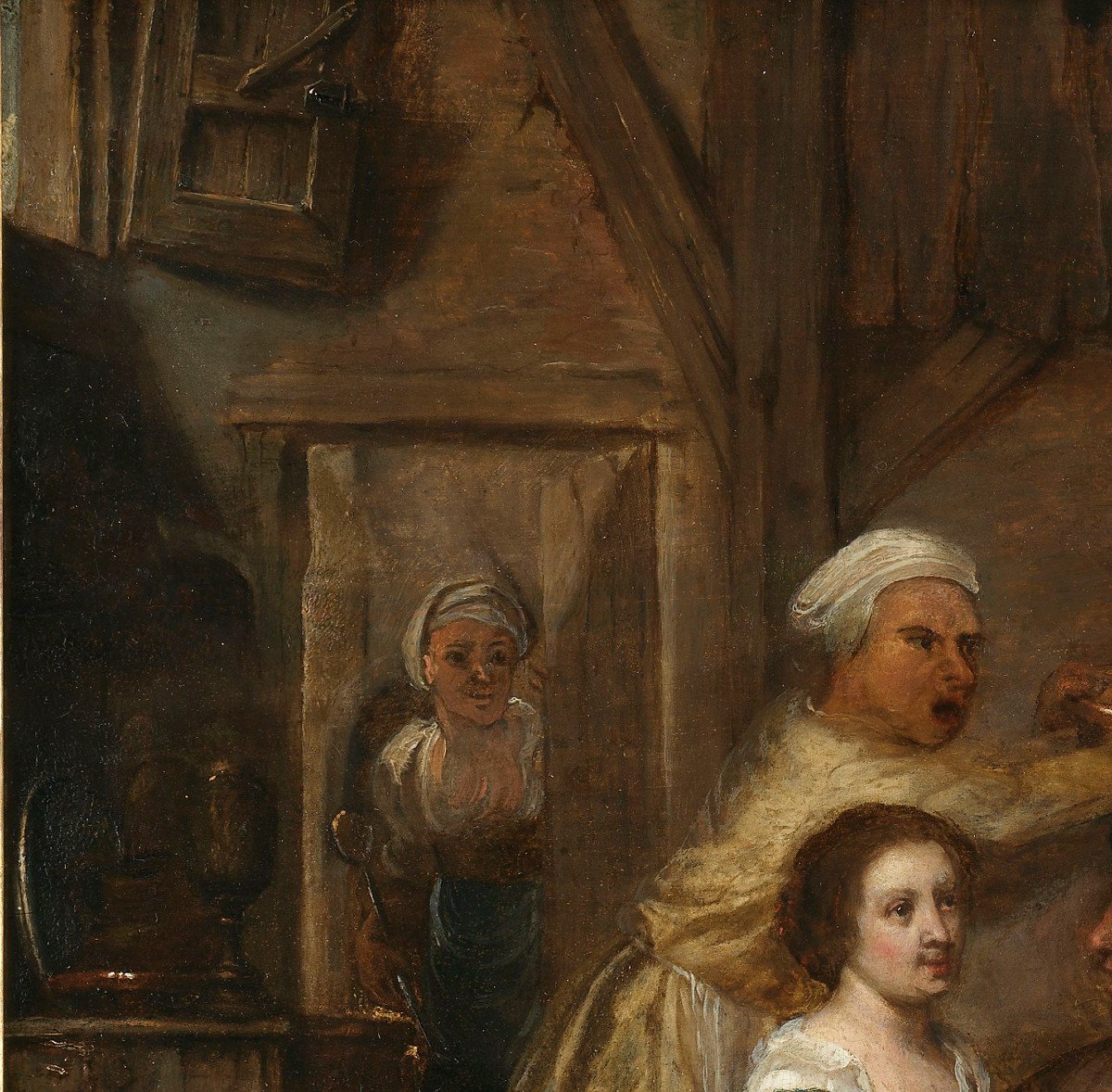

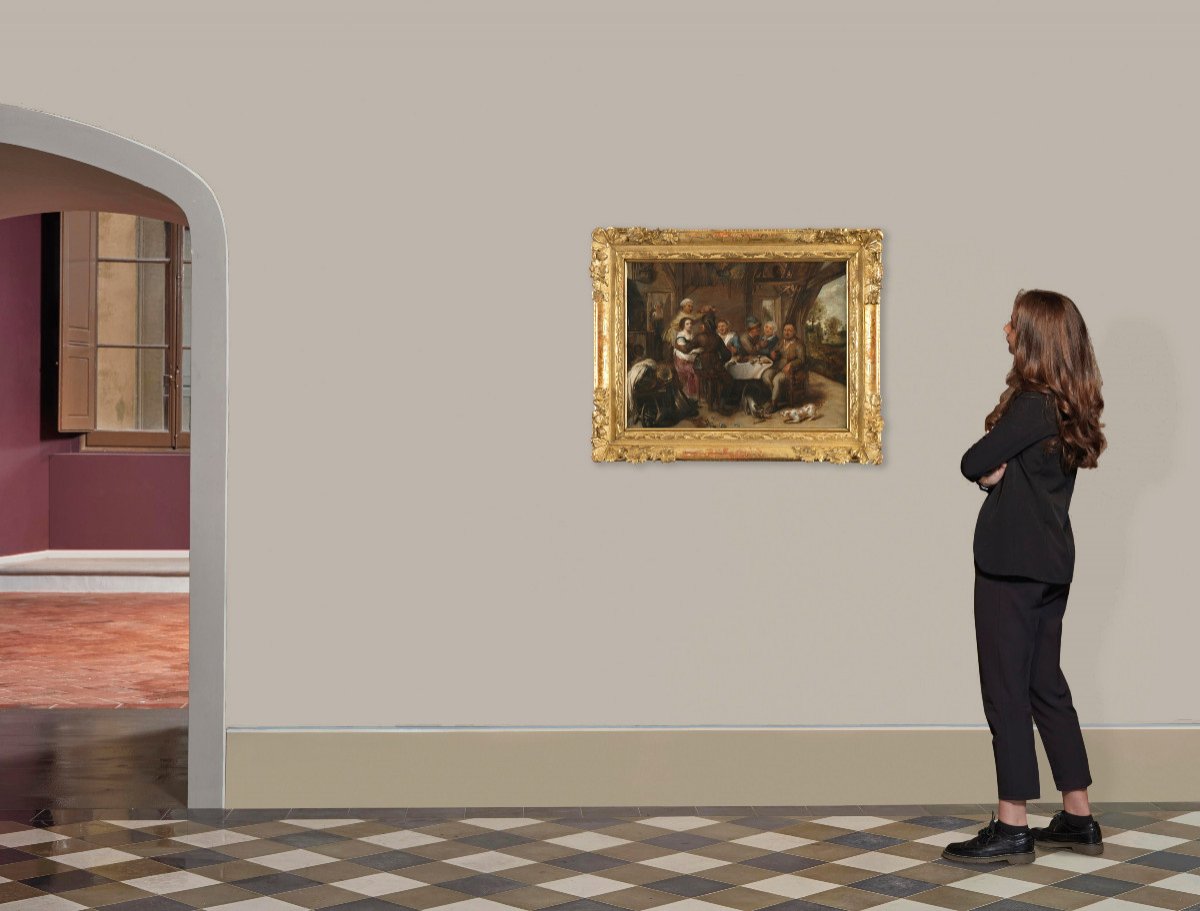





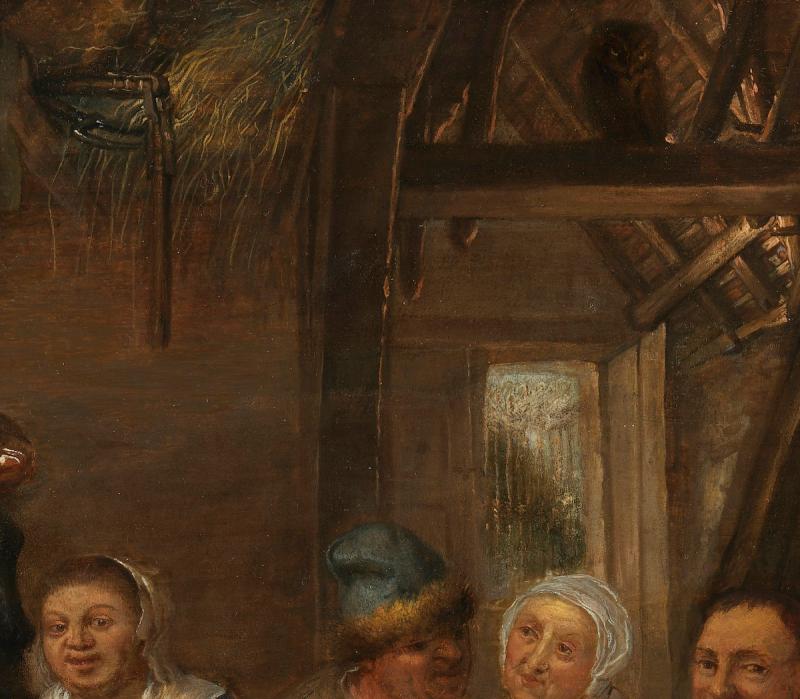

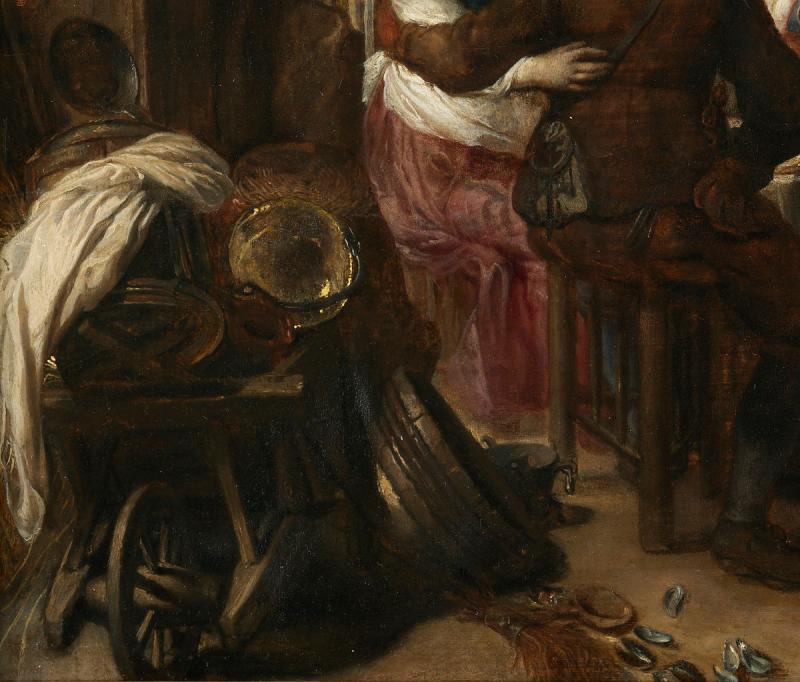





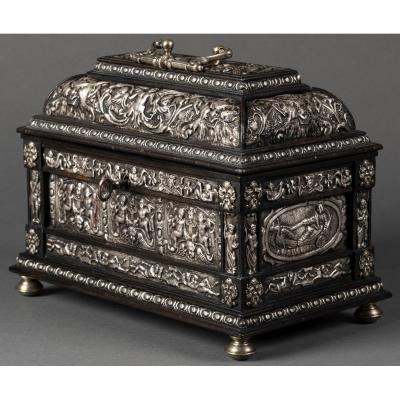



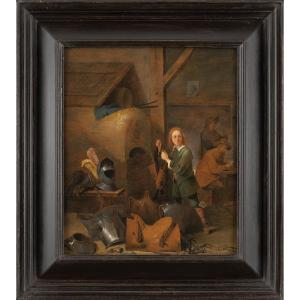

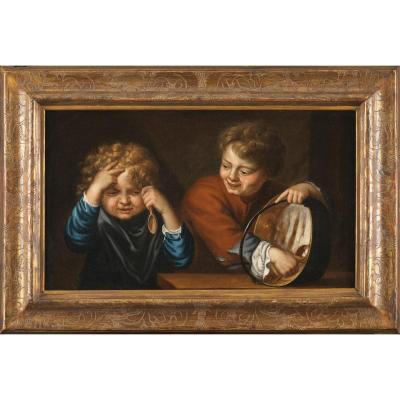
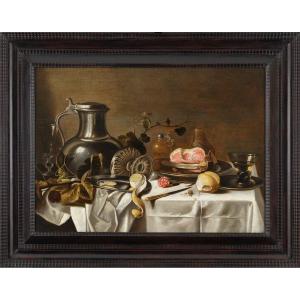
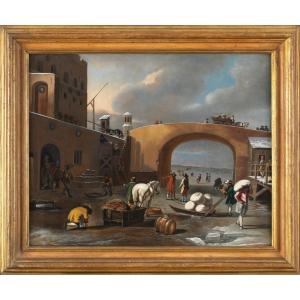
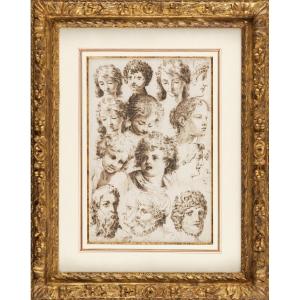










 Le Magazine de PROANTIC
Le Magazine de PROANTIC TRÉSORS Magazine
TRÉSORS Magazine Rivista Artiquariato
Rivista Artiquariato